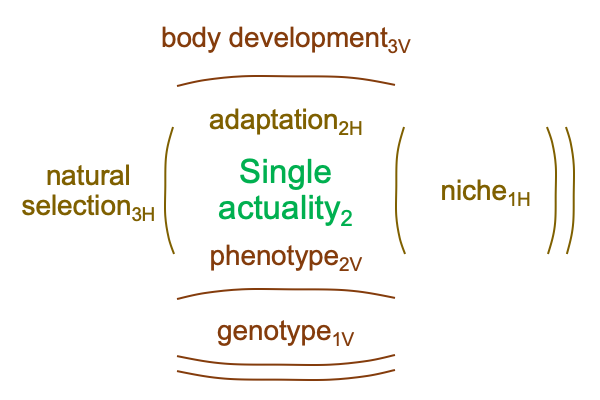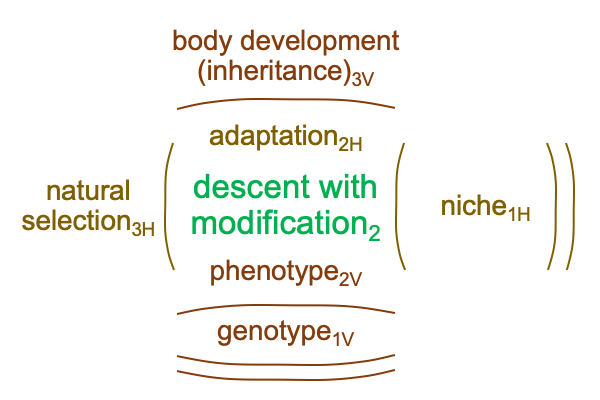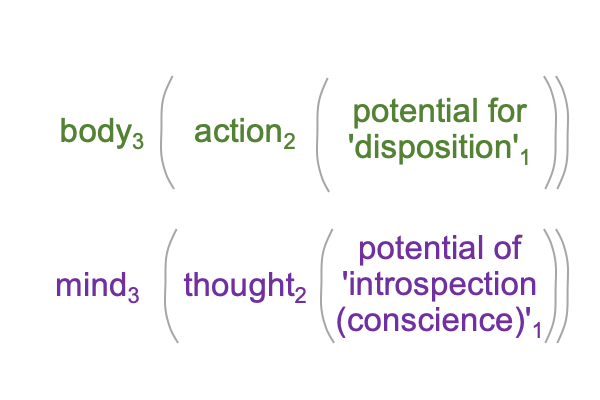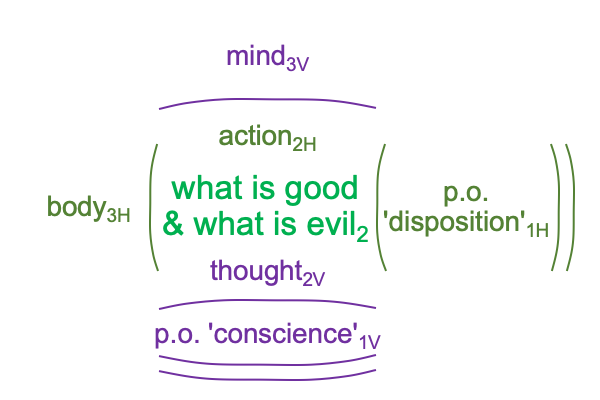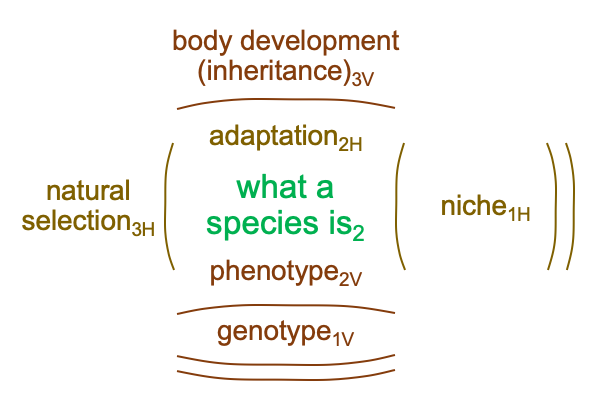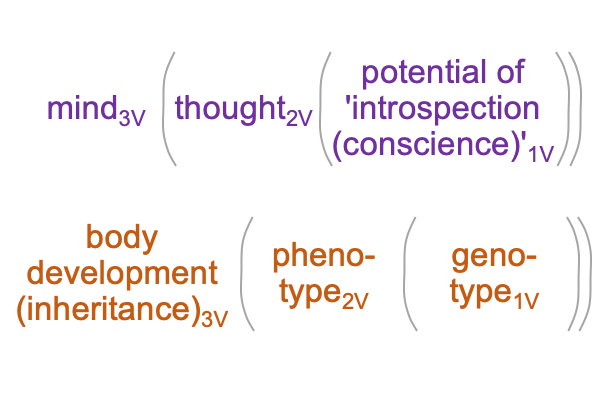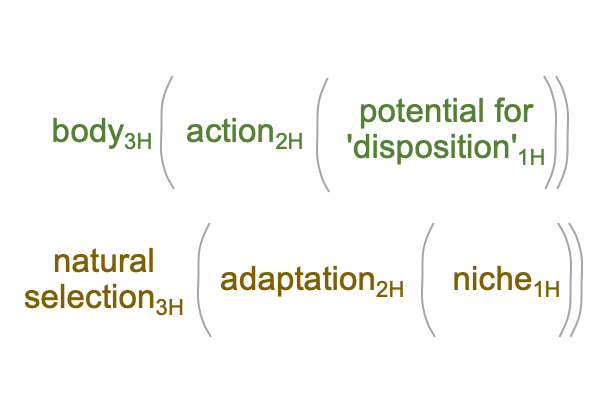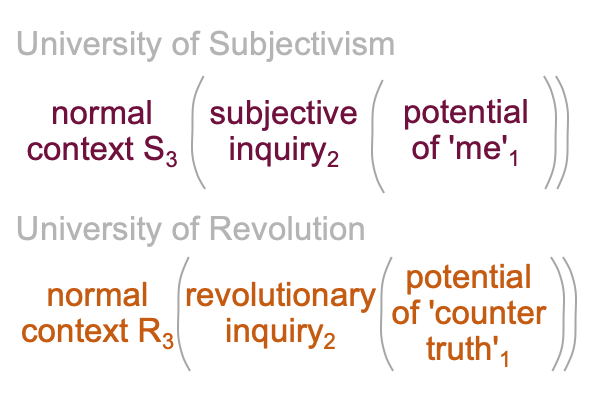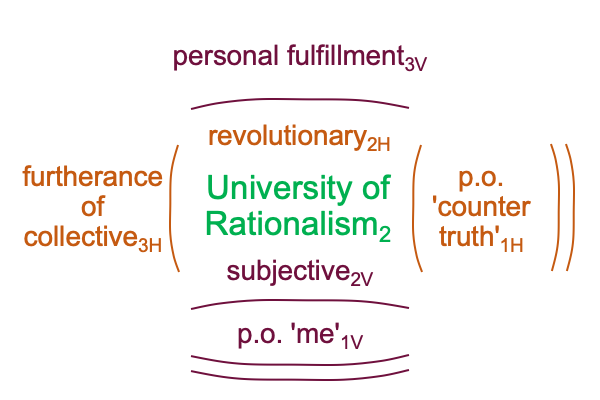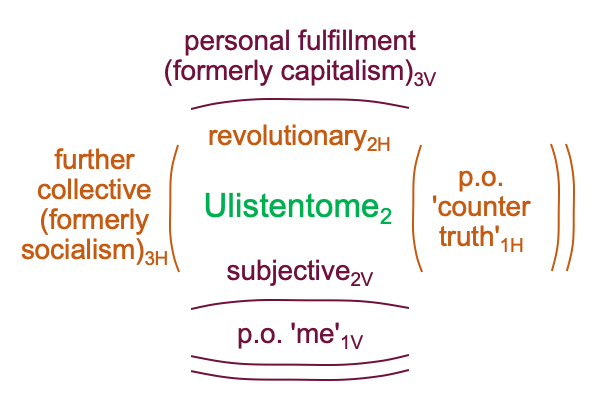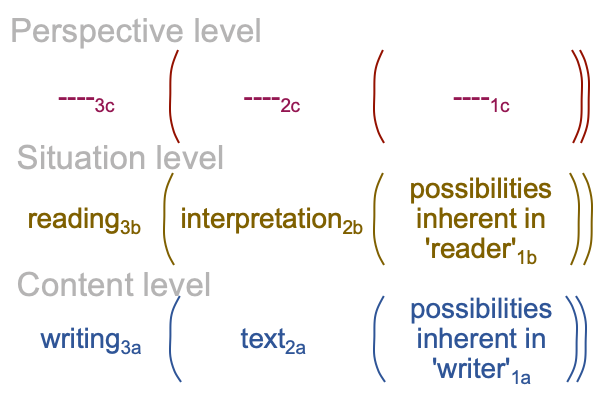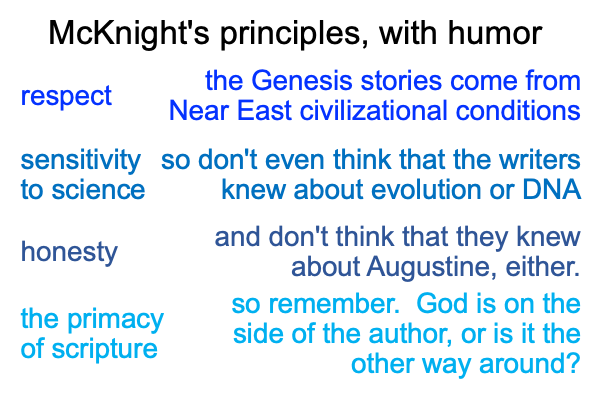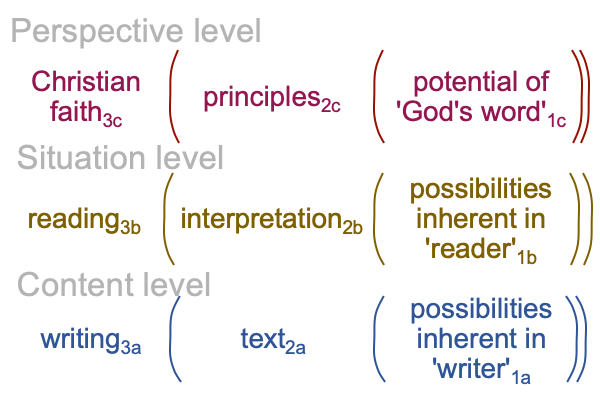Looking at Dennis Venema and Scot McKnight’s Book (2017) “Adam and the Genome” (Part 5 of 22)
0041 So, the key phrase is descent with modification.
0042 DNA2a goes with descentb.
The actuality underlying the niche2a accounts for relevance of the term, with modificationb.
0043 Phenotype2b emerges from (and situates) genotype1b.
Adaptation2b emerges from (and situates) niche1b.
0044 The fossil record contains clues to the phenotypes in any particular lineage. The fact that DNA retains unused recipes provides clues to the genotypes in any particular lineage. All new features gained by new species remodel already existing features of the originating species.
The fossil record also contains clues to the environment that a species adapts to. Presumably, these clues indicate an actuality underlying the niche2a.
0045 Venema fuses the two situational actualities, phenotype2b and adaptation2b, into a single actuality.
Phenotype2b and adaptation2b are two actualities that unite to form one: descent with modification2-combined.
0046 For example, consider the features that distinguish bats from mice.
If one examines the DNA of the bat and closely related species, one finds that their DNA differs in such a way as to explain the building of the bat body as opposed to a closely related mouse-type body. Random mutations in DNA occur every so often, so the researcher can estimate the time distance to a common ancestor between the bat and a closely related species.
0047 If one examines caves or other locations where both bats and mice dwell, one might find fossil intermediates between bats and mice. That would require a lot of luck and a keen eye.
0048 What does this tell us about research into the evolution of the bat?
Well, the DNA of bats and closely related species is readily available. The likelihood of finding fossils of ancestral mouse populations that adapted to flight is incredibly small, even though caves are ideal places for fossil formation.
0049 What would I do?
Of course, I would concentrate on the DNA story and take the niche story for granted.
0050 This is what Venema does with human evolution.

